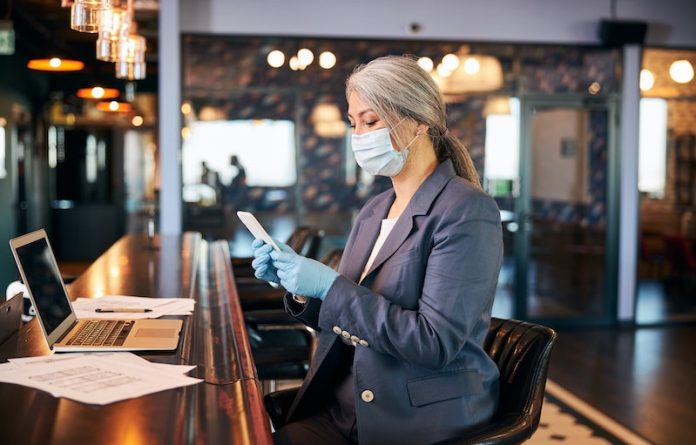
In a study from Northeastern and elsewhere, scientists found half of U.S. adults report being sickened with COVID-19 at some point during the pandemic, with only a fraction saying they received an official medical diagnosis of the respiratory infection.
They found that self-diagnosing via at-home, or rapid, testing has far eclipsed medical testing for the virus.
This means official reporting is missing “a significant number of positive cases” at this late stage of the pandemic.
Researchers with the COVID States Project surveyed 26,161 people over the age of 18 between Oct. 6 and Nov. 9 to gather information on the health of Americans.
They aimed to give an update on the state of the pandemic by attempting to provide an updated snapshot of COVID-19 cases, vaccination and booster shot rates, antiviral treatment usage, mask-wearing habits and flu shot rates.
The team found in those who reported testing positive for COVID-19 in the last six months, four in 10 American adults said they were never diagnosed by a medical professional, the survey shows. Seven in 10 reported using an at-home rapid test to test for the infection.
Among those who reported testing positive for COVID-19 in the last three months, 76.3% said they did so at least once using an at-home or rapid test.
Only 36.4% of those who tested positive for COVID-19 with an at-home test in the last three months followed up to get tested again at their doctor’s office or another testing facility.
Among those who did follow up, 92.3% tested positive again—this time, by PCR—compared to 63.4% who did not, researchers wrote.
Vaccinations continue to be slow-going.
A substantial majority of American adults have not gotten the bivalent booster shot, which protects against the present strain in circulation—the BA.5 omicron variant—and the original virus.
But a majority of those who have not said they plan[ned] to or are open to getting the shot. Additionally, roughly 28% of respondents said they have received their flu shot.
The survey’s findings come amid concerns that the U.S. is headed into a “tripledemic” this winter characterized by elevated rates of COVID-19, flu and RSV, or respiratory syncytial virus.
The survey also found that antiviral medications are not being heavily utilized, even among those most at-risk—a finding that echoes the results from a prior COVID States Project survey.
Among respondents who reported contracting COVID-19 in 2022, just 9.2% said they were treated with leading antiviral medications Paxlovid or Molnupiravir.
Among those who were sick over the last six months, roughly 16.3% said they took the antivirals; but among those 65 and over, that figure rises to roughly 35%.
Mask-wearing to combat viral spread appears to have largely fallen off compared to earlier phases of the pandemic.
Roughly 47% of respondents say they’re still wearing masks, but only 27% say they are “very closely following” the suggestion to mask up outside of the home.
That’s compared to the 53.1% who said they are “not closely following” the mask-wearing recommendation, and the 32.6% who said they are “not at all closely following” the guidance.
The findings suggest that as a society, we are underutilizing our tools to defend against COVID.
If you care about COVID, please read studies about drug that could prevent COVID-19, and this plant extract may help treat COVID-19.
For more information about health, please see recent studies about nutrients that could help reduce high blood pressure, and results showing these antioxidants could help reduce dementia risk.
The study was conducted by David Lazer et al.
Copyright © 2022 Knowridge Science Report. All rights reserved.



